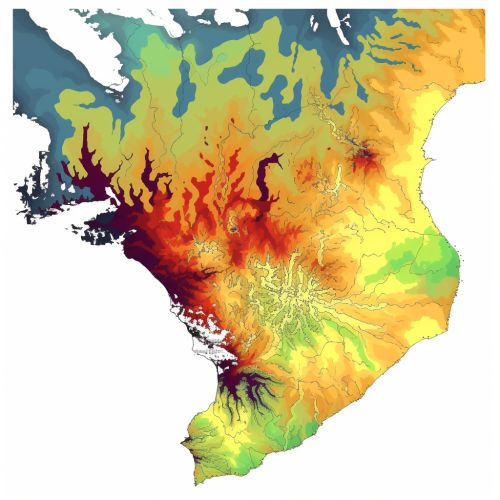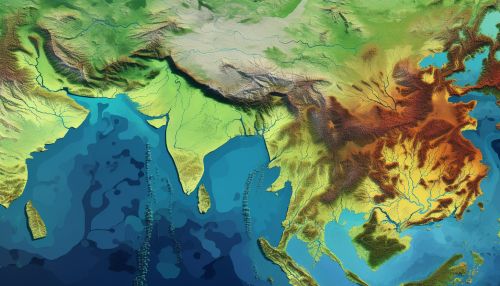The Role of Geostatistics in Ecosystem Service Valuation
Introduction
Geostatistics is a branch of statistics focusing on spatial or spatiotemporal datasets. Developed originally for the mining industry, it provides a range of techniques for spatial data analysis and interpretation. In the context of ecosystem service valuation, geostatistics plays a crucial role in quantifying and mapping the distribution of various ecosystem services across different geographical areas. This article explores the role of geostatistics in ecosystem service valuation, its methodologies, and its significance in environmental management and policy-making.


Geostatistics: An Overview
Geostatistics is a discipline that deals with the statistical analysis of spatial or spatiotemporal data. It involves the collection, analysis, and interpretation of data that are associated with geographical or spatial coordinates. Geostatistics employs various statistical techniques, including spatial analysis, spatial autocorrelation, and spatial interpolation, to analyze spatial patterns and predict values at unobserved locations.


Ecosystem Services: An Overview
Ecosystem services refer to the benefits that humans derive from ecosystems. These services are broadly categorized into four types: provisioning services (e.g., food, water), regulating services (e.g., climate regulation), supporting services (e.g., nutrient cycling), and cultural services (e.g., recreational benefits). The valuation of these services is essential for environmental management and policy-making, as it provides a measure of the economic value of ecosystems, thereby aiding in decision-making processes.


Role of Geostatistics in Ecosystem Service Valuation
Geostatistics plays a pivotal role in the valuation of ecosystem services. It provides the necessary tools for quantifying and mapping the distribution of ecosystem services across different geographical areas. This spatial distribution of ecosystem services is essential for their valuation, as the value of these services often depends on their location.


Spatial Analysis
Spatial analysis is a key geostatistical technique used in ecosystem service valuation. It involves the examination of spatial patterns of ecosystem services and their relationships with environmental variables. This analysis helps in identifying hotspots of ecosystem services, which are areas of high value.
Spatial Autocorrelation
Spatial autocorrelation is another important geostatistical concept in ecosystem service valuation. It refers to the degree of correlation between a variable's value at one location and its values at nearby locations. This concept is used to understand the spatial distribution of ecosystem services and to predict their values at unobserved locations.
Spatial Interpolation
Spatial interpolation is a geostatistical technique used to predict the values of ecosystem services at unobserved locations based on observed data. This technique is crucial for mapping the distribution of ecosystem services and for their valuation.
Significance of Geostatistics in Environmental Management and Policy-making
The application of geostatistics in ecosystem service valuation has significant implications for environmental management and policy-making. By quantifying and mapping the distribution of ecosystem services, geostatistics helps in identifying areas of high ecological value. This information is crucial for environmental management, as it aids in prioritizing areas for conservation.


Moreover, the valuation of ecosystem services provides a measure of the economic value of ecosystems, which can be incorporated into policy-making processes. This economic valuation can help in promoting the sustainable use of ecosystems and in justifying the allocation of resources for their conservation.
Conclusion
Geostatistics plays a crucial role in ecosystem service valuation. Its techniques allow for the quantification and mapping of the distribution of ecosystem services, thereby providing valuable information for environmental management and policy-making. As such, geostatistics is an essential tool in the pursuit of sustainable development and environmental conservation.
